Is there a better way to do this? Not necessarily prettier, although it would be nice.
P = [N,3] ‘Cloud of points’
P -= np.sum(P, axis=0) / P.shape[0]
Map = [i for i in range(P.shape[0])]
p_0 = Map[P[:,0] <= 0]
p_1 = Map[P[:,0] > 0]
p_0_0 = p_0[P[p_0,1] <= 0]
p_0_1 = p_0[P[p_0,1] > 0]
p_1_0 = p_1[P[p_1,1] <= 0]
p_1_1 = p_1[P[p_1,1] > 0]
p_0_0_0 = p_0_0[P[p_0_0,2] <= 0]
p_0_0_1 = p_0_0[P[p_0_0,2] > 0]
p_0_1_0 = p_0_1[P[p_0_1,2] <= 0]
p_0_1_1 = p_0_1[P[p_0_1,2] > 0]
p_1_0_0 = p_1_0[P[p_1_0,2] <= 0]
p_1_0_1 = p_1_0[P[p_1_0,2] > 0]
p_1_1_0 = p_1_1[P[p_1_1,2] <= 0]
p_1_1_1 = p_1_1[P[p_1_1,2] > 0]
Or in other words, is there a way to compound conditions like,
Oct_0_0_0 = Map[P[:,0] <= 0 and P[:,1] <= 0 and P[:,2] <= 0]
I’m assuming a loop won’t be better than this… not sure.
Thanks in advance.
